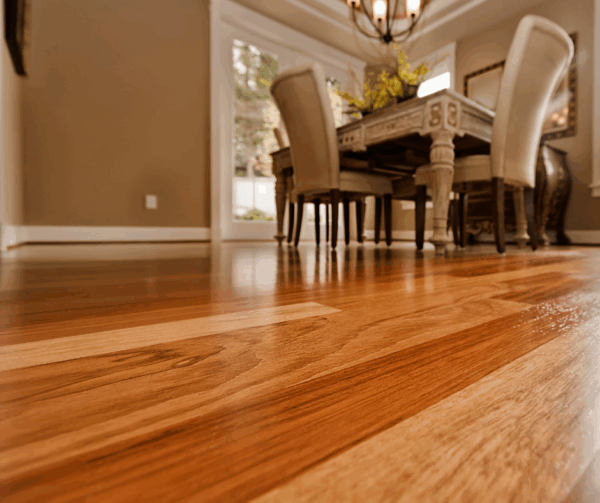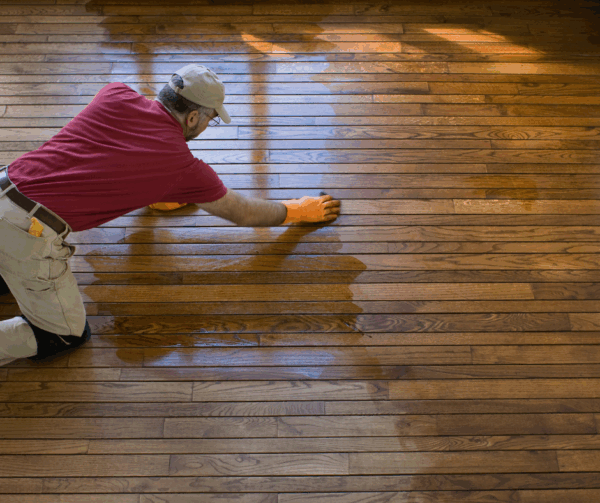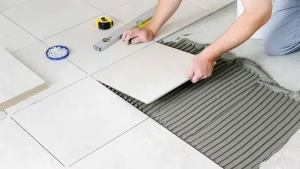
The 6 Carpet Flooring Trends for 2025
1. Velvety Soft Textures
Soft and luxurious surfaces are popular, giving a cozy feel. High-pile options are great for comfort and style in bedrooms and living areas.
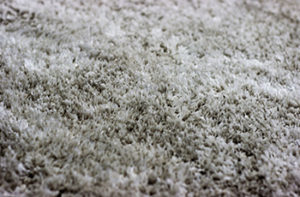
2. Nature-Inspired Colors
Earth tones like green, terracotta, and sand are trending. These colors bring a calming, natural feel to spaces.

3. Patterned and Bold Carpets
Bold patterns like geometric and abstract designs are big in 2025. They add character and can be the focus of a room.
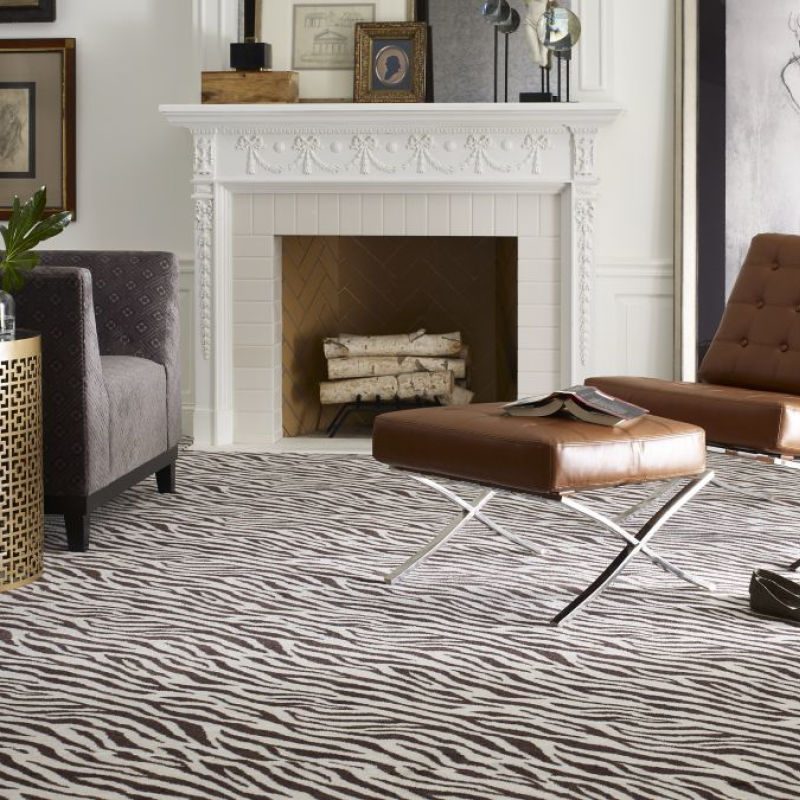
4. Durable Fibers for Pets and Kids
Strong carpets are important for homes with kids and pets. Stain-resistant and easy-to-clean fibers last long and look good.

5. Eco-Friendly and Recycled Materials
Eco-friendly carpets made from recycled materials are in demand. They are stylish and comfortable while being good for the planet.

6. Smooth Indoor Transitions
Carpets that transition smoothly between rooms create a unified look. Consistent textures and colors enhance home design.

Carpet Fiber Types Explained (Pros & Cons)
Choosing the right flooring is important for your home. Each type offers something different, such as luxury, durability, or stain resistance. Here are some popular options for 2025:
Luxury Vinyl
Luxury vinyl is known for its durability and resilience. It works well in high-traffic areas like hallways and living rooms. It also handles stains effectively.
Laminate
Laminate is affordable and versatile, offering a wide range of styles and colors. It’s a good choice for bedrooms or guest rooms, though not as durable in busy areas.
Tile
Tile is a durable and stylish option, perfect for areas like bathrooms and kitchens. It is easy to clean and maintain.
Quick Comparison: Flooring Types at a Glance
| Type | Best For | Durability | Stain Resistance | Style Options | Avg. Cost (per sq ft) |
|---|---|---|---|---|---|
| Luxury Vinyl | High-traffic areas | ★★★★★ | ★★★★☆ | ★★★★☆ | $2 – $5 |
| Laminate | Bedrooms, guest rooms | ★★★☆☆ | ★★★☆☆ | ★★★★★ | $1.50 – $4 |
| Tile | Bathrooms, kitchens | ★★★★★ | ★★★★★ | ★★★★☆ | $3 – $8 |
Best Carpet Styles by Room
Choosing the best flooring for your home depends on the room’s use and style. Select the right type for comfort, durability, and look.
Bedrooms (Luxury and Comfort)
For bedrooms, prioritize comfort. Choose soft, cozy flooring in neutral or calming colors to create a relaxing space.
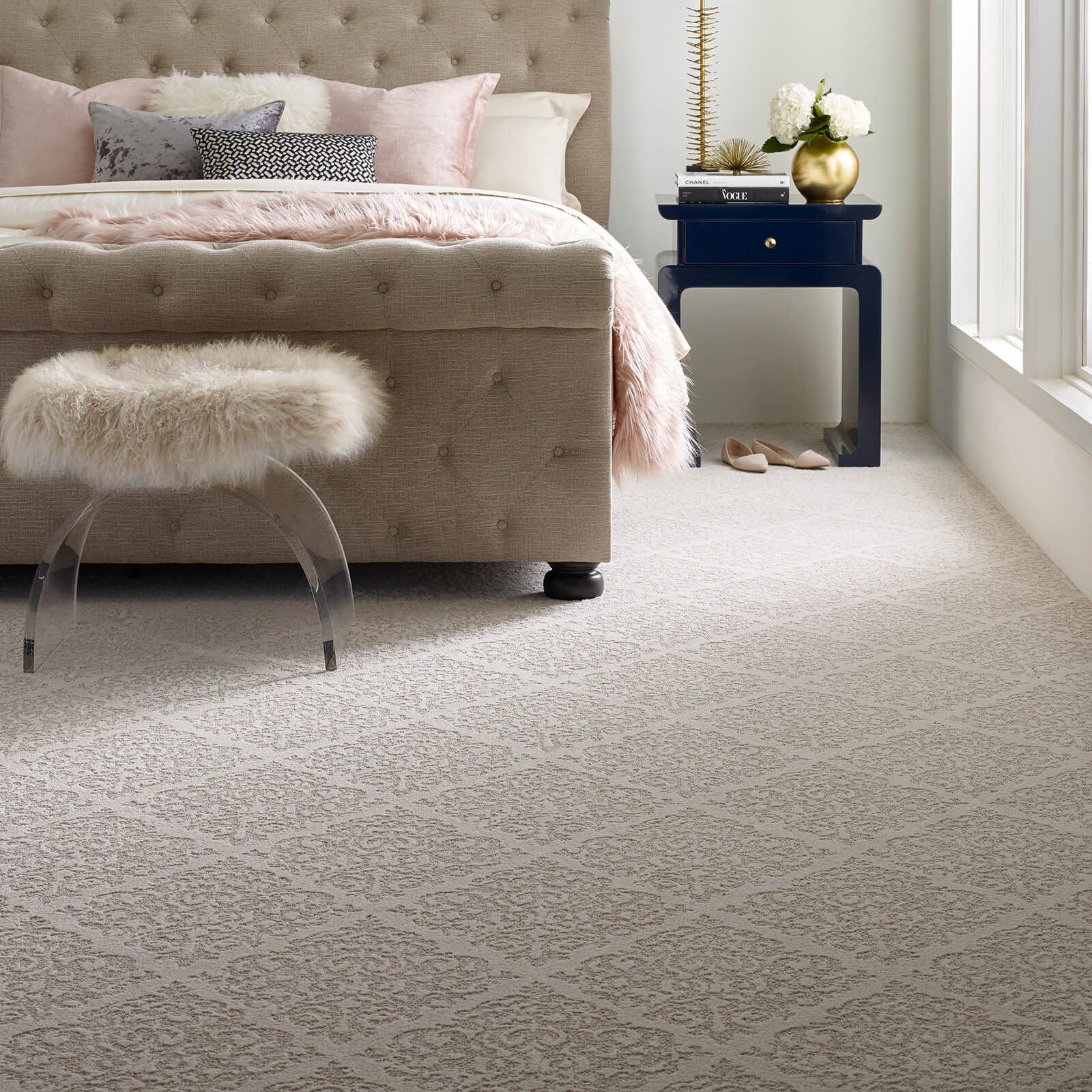
Living Rooms (Style + Durability)
In living rooms, balance style with durability. Textured or patterned options can hide wear and add interest.

Home Offices (Sound Absorption)
Flooring in home offices helps reduce noise. Opt for low-pile options for a focused, professional look.

Stairs and Hallways (Low-Pile Options)
For stairs and hallways, choose durable flooring that offers good grip. A dense weave in a forgiving color helps keep the area clean.
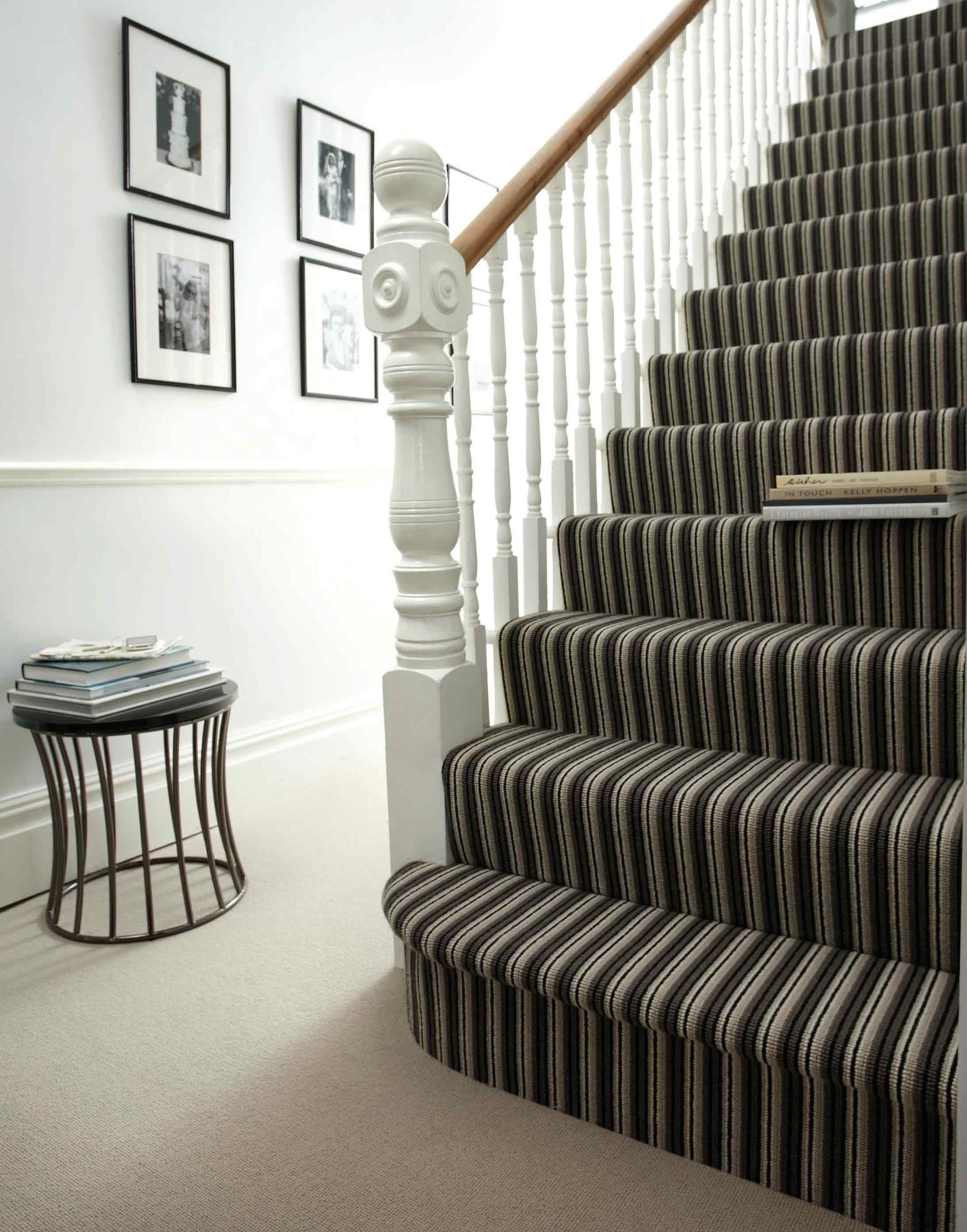
Rental Properties (Budget-Conscious Picks)
For rental properties, choose affordable and easy-to-maintain options. Stain-resistant finishes and modular tiles make replacements easy.

Carpet Flooring Costs in 2025
Luxury vinyl, laminate, and tile costs depend on more than just the price per piece. Factors like material type, thickness, and installation play a big role. Here’s what to budget for in 2025.
Average Prices by Material Type
Pricing for luxury vinyl, laminate, and tile varies by type, thickness, and added features. Here are typical costs per square foot:
| Type | Avg. Material Cost (per sq ft) | Notes |
|---|---|---|
| Luxury Vinyl | $2.00 – $5.00 | Waterproof, durable, easy to clean |
| Laminate | $1.50 – $4.00 | Affordable, scratch-resistant |
| Tile | $3.00 – $10.00 | Stylish, long-lasting |
Installation Costs per Square Foot
Professional installation for luxury vinyl, laminate, and tile often ranges from $1.50 to $3.00 per square foot. Complex layouts or unique designs may increase costs due to extra labor.
Additional Costs
Underlayment: $0.50 – $1.00 per sq ft, depending on type
Old Flooring Removal: $0.50 – $1.00 per sq ft
Furniture Moving (optional): May add $1.00 – $2.00 per sq ft depending on service
Quality underlayment can improve the lifespan and comfort of your flooring.
Long-Term Value and Warranty Coverage
Luxury vinyl and laminate offer good durability, while tile can last the longest. Warranty coverage can range from 5 to 25 years based on material quality. Check for terms related to wear and stain resistance.
DIY Carpet Installation vs. Hiring a Pro
Installing flooring yourself can save money if you have the right tools and skills. However, many people find that hiring professionals results in better outcomes, fewer errors, and warranty coverage. Consider these factors before starting on your own.
👉 Need help getting started? Check out our full DIY Flooring Installation Guide for tools, prep tips, and step-by-step instructions.
Installation Methods
Some floors use tack strips to hold them in place, allowing for stretching and a snug fit, ideal for certain residential applications.
Glue-down installations are more common in commercial spaces, bonding the flooring directly to the surface. This is best for durable, low-pile materials in busy areas but can be tough for DIY projects.
Tools, Skill Level, and Prep Required
Installing floors isn’t as easy as it seems. You’ll need tools like a knee kicker, carpet stretcher, utility knife, and seam roller. Preparing the subfloor—cleaning, leveling, and adding padding—is crucial to avoid bumps and wear.
Skill-wise, cutting seams accurately and stretching flooring without ripples takes practice. It’s doable for a handy person in a simple space, but complicated layouts or stairs might need a professional touch.
Common DIY Mistakes and Fixes
Common DIY flooring mistakes include:
Not stretching the material properly, leading to wrinkles or early wear
Cutting too short around edges, resulting in gaps
Skipping underlayment or using incorrect padding, reducing comfort and longevity
Poor seam alignment, causing visible and unattractive transitions
If in doubt, hiring a certified installer can save time and trouble while keeping your warranty valid.
Top Considerations Before Choosing Carpet Flooring
Luxury vinyl flooring is soft, warm, and flexible in design. Choose the right one by thinking about more than just color or texture.
Comfort and Insulation Benefits
Luxury vinyl feels nice underfoot and keeps heat in, making it great for bedrooms, living rooms, and basements. It also reduces noise, which is helpful in homes with more than one floor.
Stain Resistance and Family-Friendliness
For homes with kids, pets, or lots of walking, stain-resistant luxury vinyl is a good choice. It cleans up easily and handles spills and messes well.
Allergens and Indoor Air Quality
Modern luxury vinyl often includes hypoallergenic and antimicrobial features. Use a good vacuum and clean regularly for a healthier home.
Durability and Foot Traffic Suitability
Luxury vinyl varies in strength. Choose dense options for busy areas and softer ones for quieter spaces. Match the flooring to how you use the room.
Design Cohesion with Furniture and Wall Colors
Luxury vinyl impacts the room’s look. Think about how its color and texture fit with your furniture and wall colors. Neutral tones are flexible, while bold colors can make a statement.

